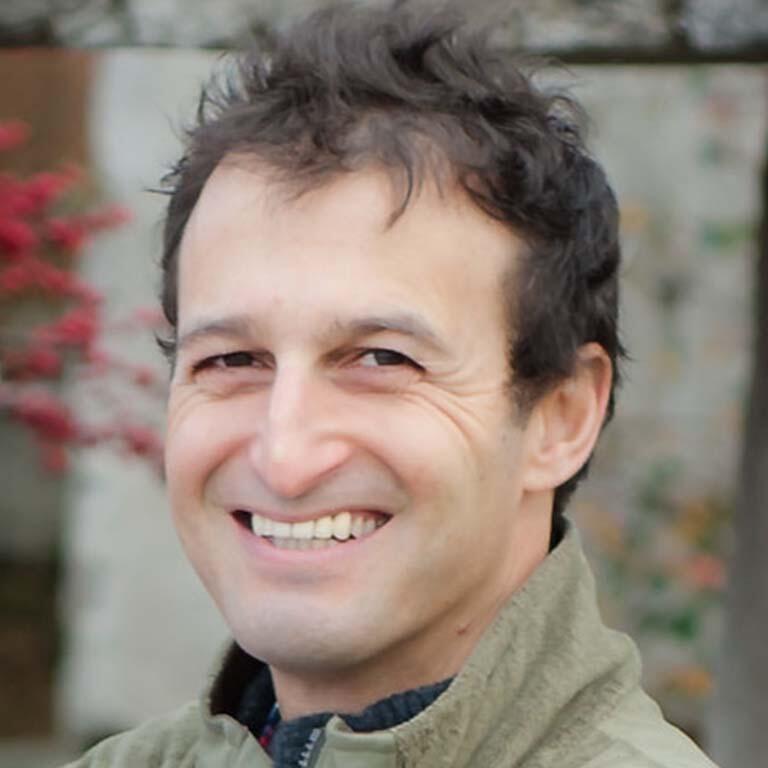Date:
Location:
 Richard Phillips
Richard Phillips
Professor, Department of Biology
Science Director, Research and Teaching Preserve
Indiana University Bloomington
Seeing the forest beneath the trees: Mycorrhizal fungi as trait integrators of ecosystem processes
Abstract: Global environmental change is shifting the distribution and abundances of species globally; yet, the ecosystem consequences of such profound change are poorly understood. Here, I present a framework that seeks to unify the heterogeneity of plant-microbe-soil interactions in forests, as a means for predicting the impacts of community change. The Mycorrhizal-Associated Nutrient Economy (MANE) hypothesis predicts that species that associate with different types of mycorrhizal fungi possess an integrated suite of nutrient-use traits that lead to the maintenance of biogeochemical syndromes in forests. Specifically, it predicts that trees that associate with arbuscular mycorrhizal (AM) fungi possess nutrient acquisitive traits (e.g., fast-decaying litters and nutrient scavenging), such that soils dominated by AM trees contain greater abundances of N-cycling microbes, accelerated carbon (C) and nitrogen (N) losses via leaching and gaseous efflux, and enhanced C and N retention via mineral stabilization. By contrast, trees that associate with ectomycorrhizal (ECM) fungi possess nutrient conservative traits (e.g., slow-decaying litters and nutrient mining), such that soils dominated by ECM trees are characterized by high fungal to bacterial ratios, slow C and N cycling, and limited C and N stabilization to minerals. To test MANE, I combined observations, experiments, syntheses and modeling in forest stands across the US, and examined the effects of trait variation and community composition on ecosystem processes. I found strong support for MANE in temperate forests (relative to boreal and sub-tropical/tropical forests), and in eastern forests relative to western forests. The response variables that most consistently track the relative abundance of AM vs. ECM trees are soil variables, and mycorrhizal dominance is a good predictor of forest sensitivity to numerous global change factors. Given that these dynamics appear to be detectable by remote sensing and can be incorporated into large-scale models, the MANE framework can serve as a useful tool for predicting forest response to global change. Finally, I discuss key knowledge gaps pertaining to MANE, specifically the need for: improved quantification of the costs/benefits of mycorrhizal-mediated nutrient uptake, an enhanced understanding of root-microbe effects on soil organic matter formation, stabilization and turnover, and increased knowledge about how mycorrhizal community composition affect forest productivity. Collectively, these results suggest that shifts in the relative abundance of AM and ECM trees will likely have profound implications for how forests function and the services they provide.
Host: Professor Benton Taylor
The hybrid seminar will take place in the Biological Laboratories, Room 1080. Registration is required to attend via Zoom. Please note, Zoom attendees are muted during the talk, but are able to ask questions during Q&A.

